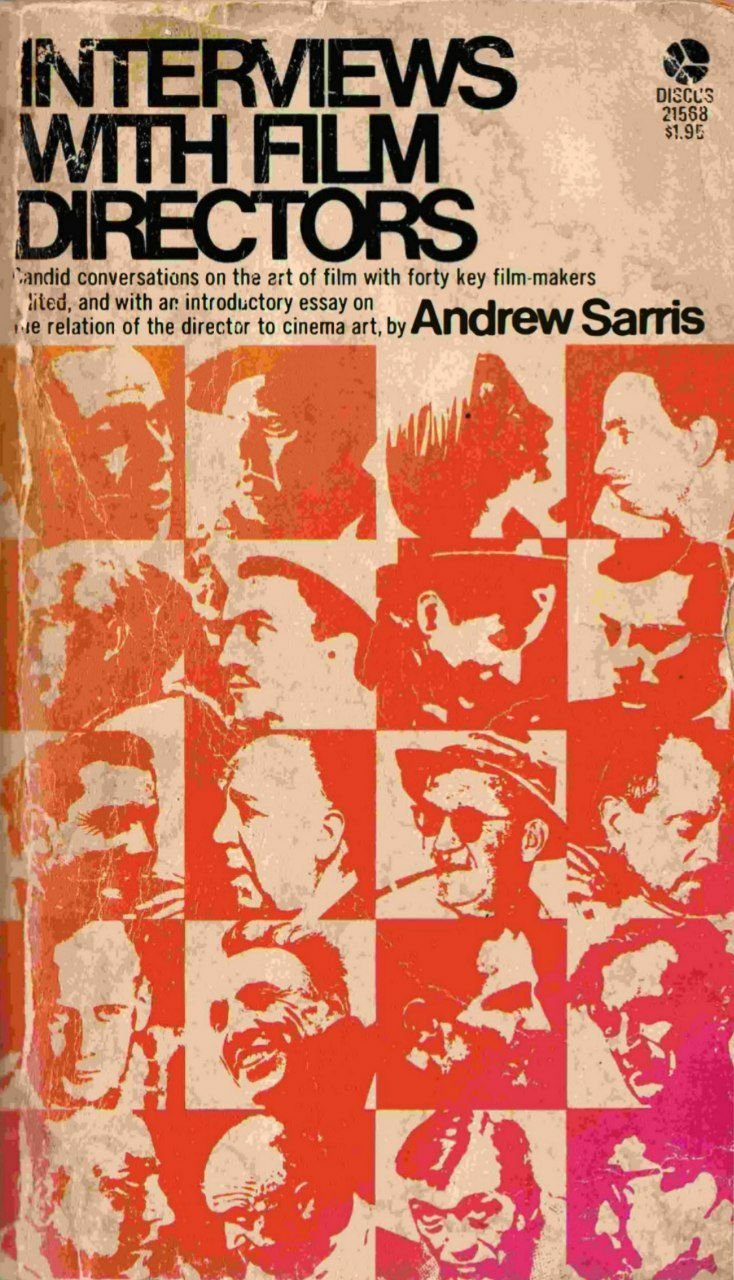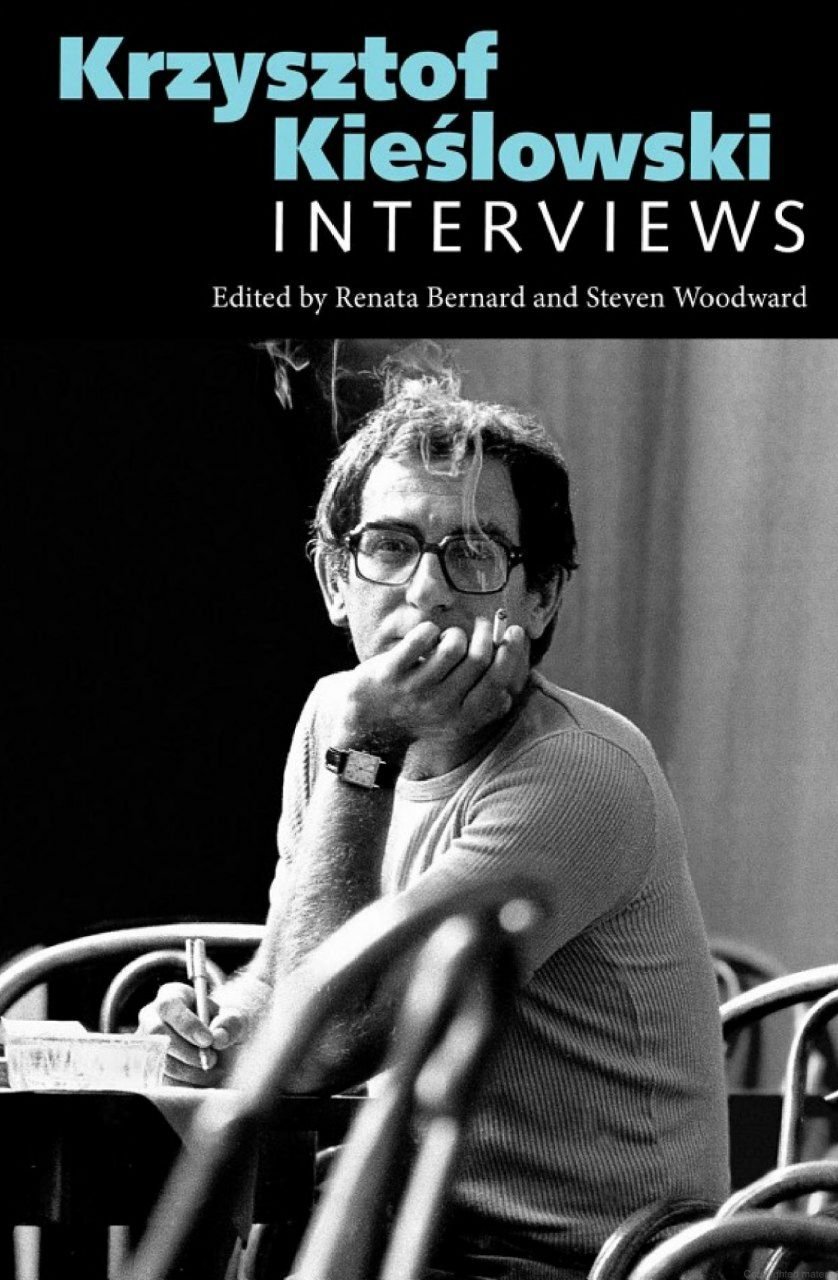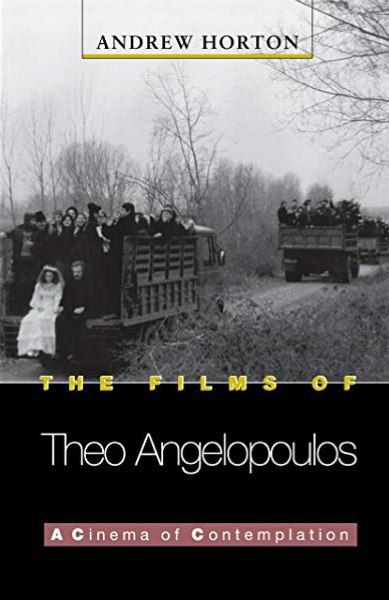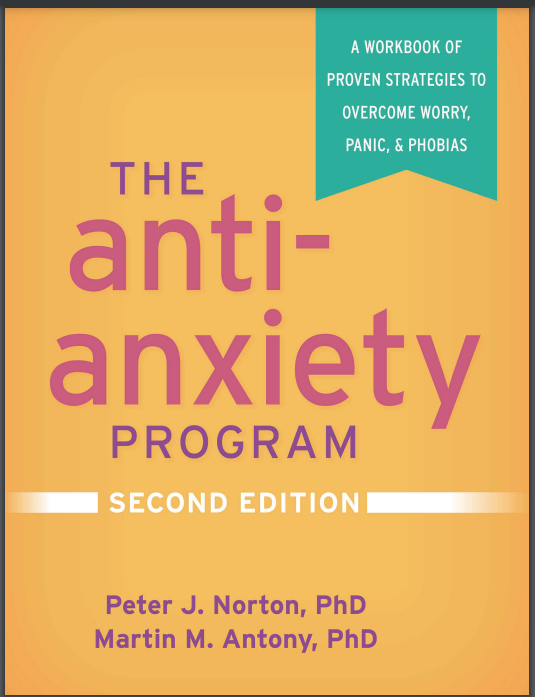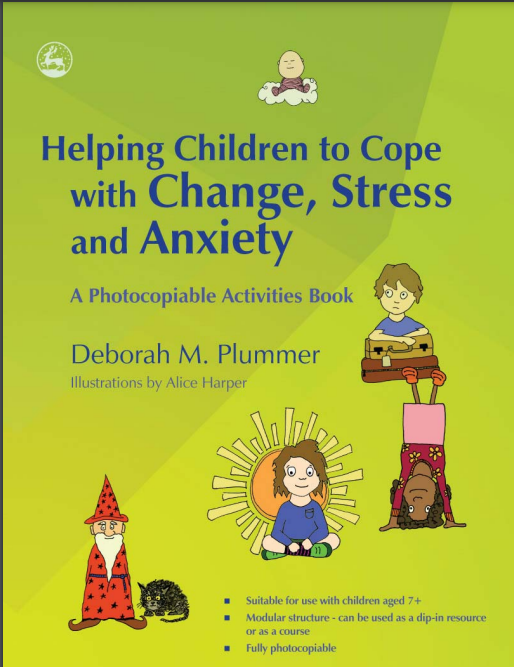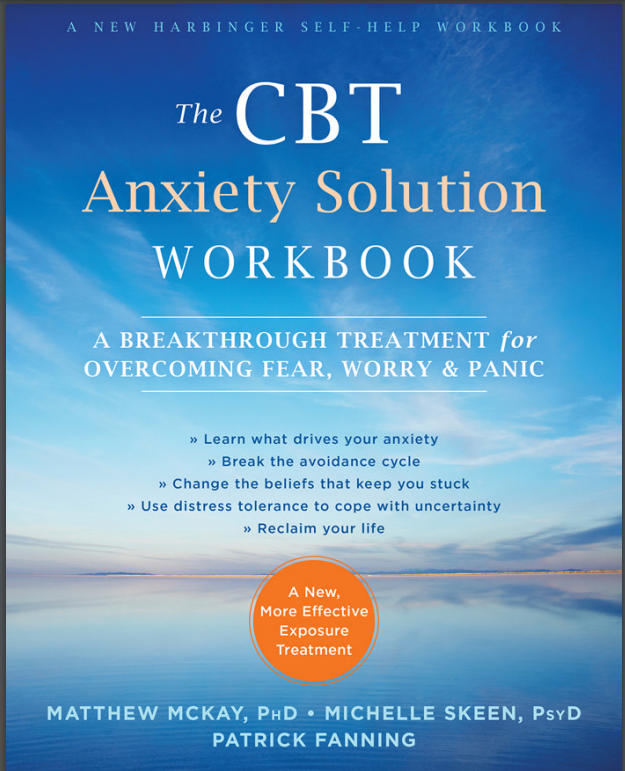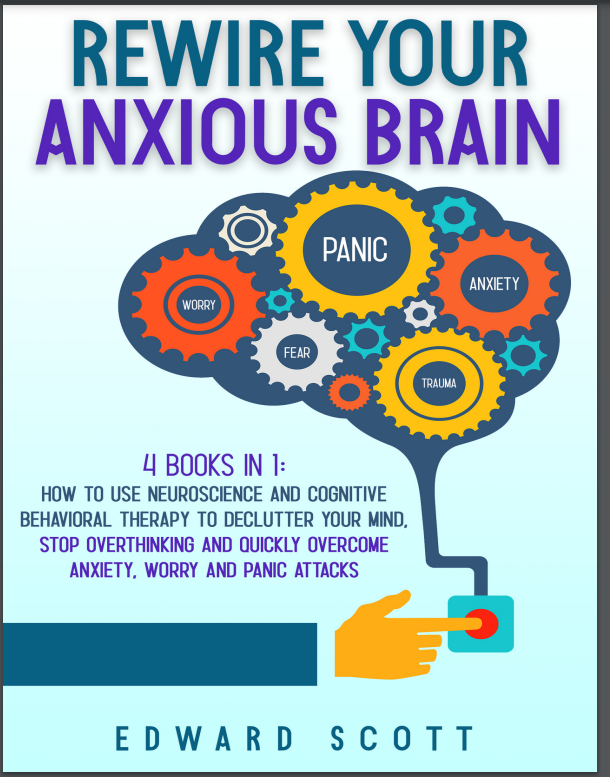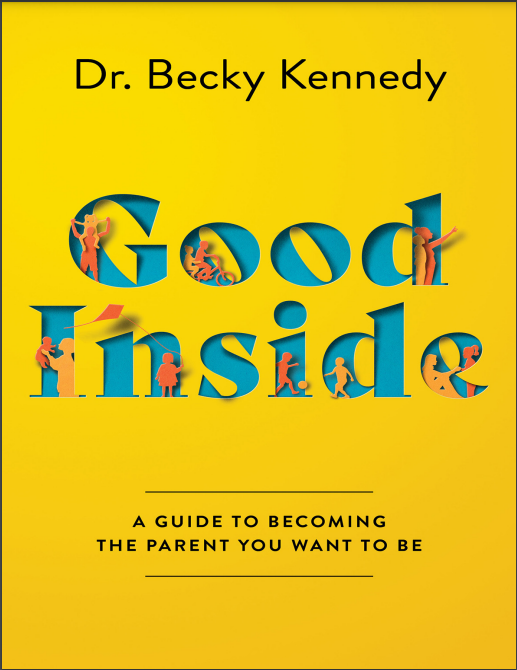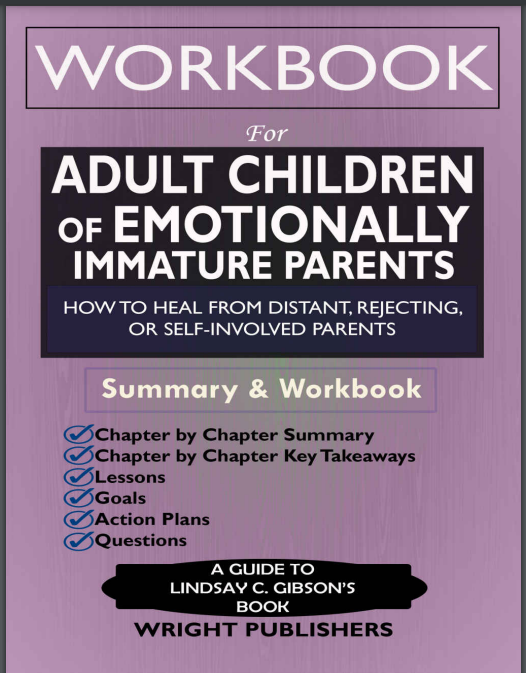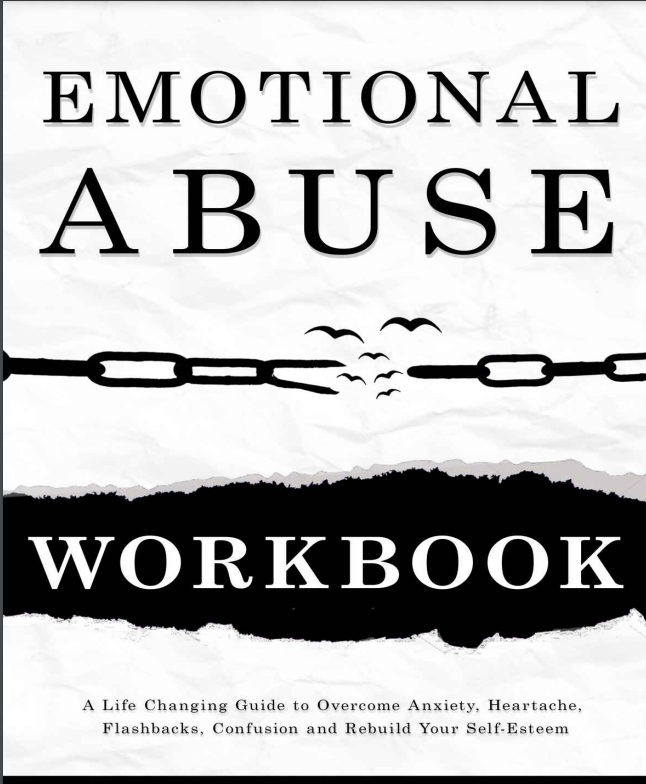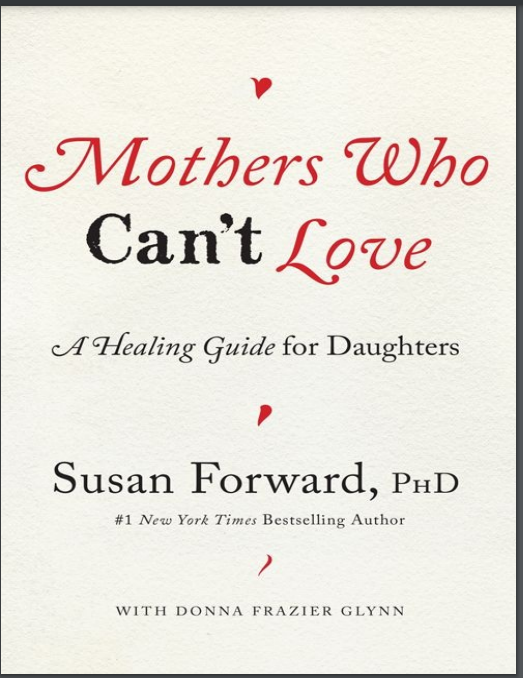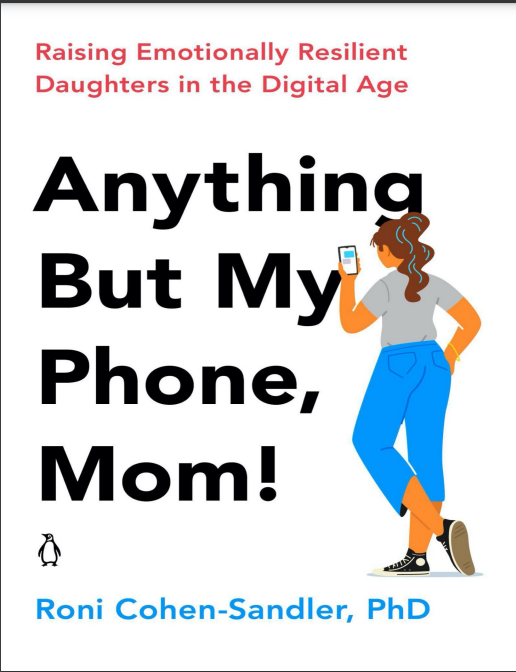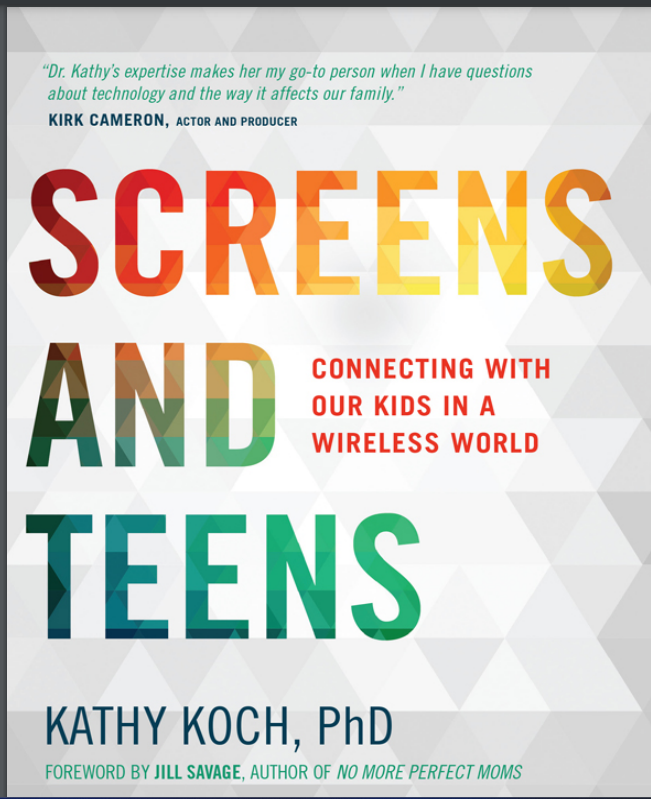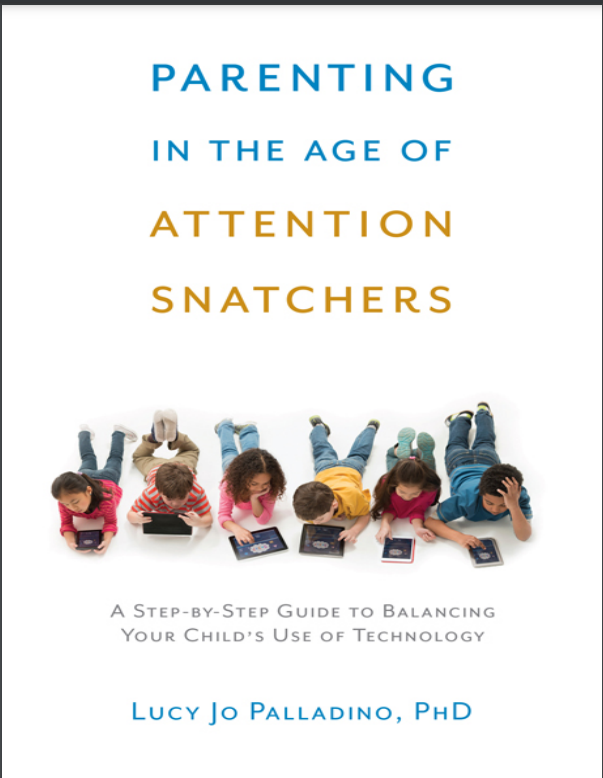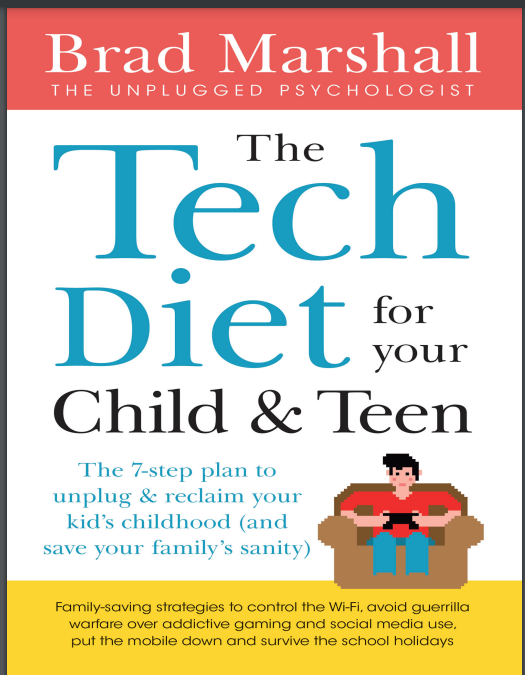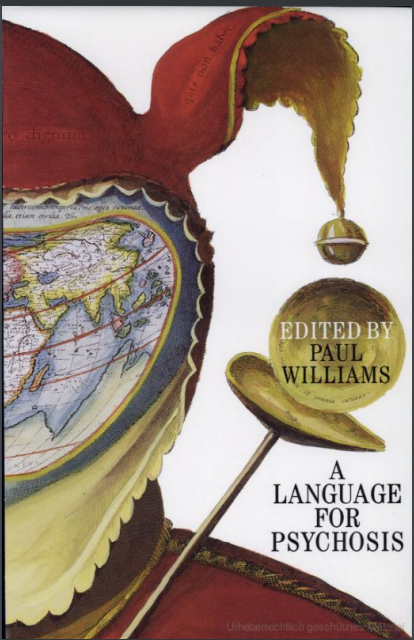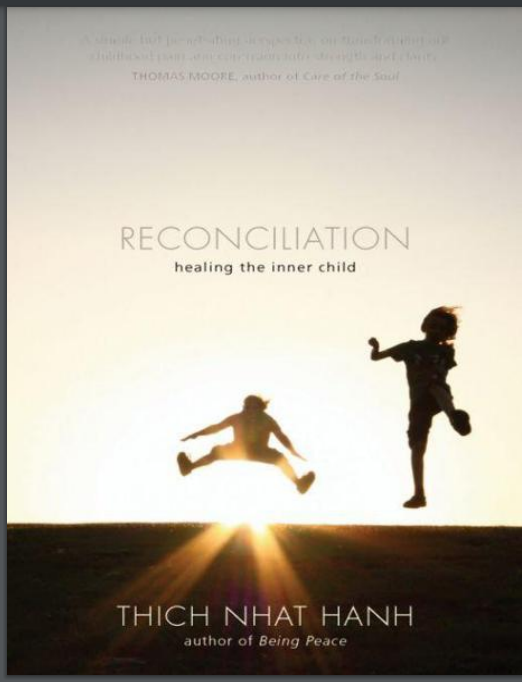

Something Like an Autobiography by Akira Kurosawa
Private Book Reader
Access your private PDF books securely. Upload and enjoy reading your personal collection anytime.
Read Your Private BookShort Audio Book Summary
Something Like an Autobiography by Akira Kurosawa Summary
0:00 / 0:00Reviews
No review yet. Be the first to review this book!
Description
Something Like an Autobiography by Akira Kurosawa is a deeply personal and insightful memoir from one of cinema’s greatest auteurs. Published in 1981, this book is not just a chronological account of Kurosawa’s life but a reflection on the experiences, influences, and philosophies that shaped his artistry and cinematic vision. Kurosawa, the legendary Japanese filmmaker behind masterpieces like Rashomon (1950), Seven Samurai (1954), and Ikiru (1952), takes the reader on a journey through his early life, from his childhood in early 20th-century Japan to his formative years as an assistant director in the rapidly evolving Japanese film industry. He vividly recounts his upbringing in a strict yet supportive family, his admiration for his older brother (whose tragic fate left a lasting impression on him), and his early encounters with literature, painting, and Western cinema—all of which influenced his unique storytelling approach. One of the book’s most compelling sections is Kurosawa’s account of the Great Kantō Earthquake of 1923, where his older brother took him through the ruins of Tokyo and forced him to look at the devastation rather than turning away—a lesson that would later define his fearless approach to filmmaking. Throughout the memoir, Kurosawa also shares his struggles and triumphs in the film industry, offering a behind-the-scenes look at how he developed his craft, his perfectionist tendencies, and his relentless pursuit of excellence. Written in a direct, elegant, and often humorous tone, Something Like an Autobiography is more than just a memoir—it’s a window into the mind of a cinematic genius. Kurosawa doesn’t merely recount events; he reflects on the creative process, the nature of storytelling, and the profound impact of art on life. While the book covers only the early and middle stages of his career, leaving out later works like Ran (1985), it remains an essential read for cinephiles, aspiring filmmakers, and anyone interested in the philosophy of one of the most influential directors in film history.

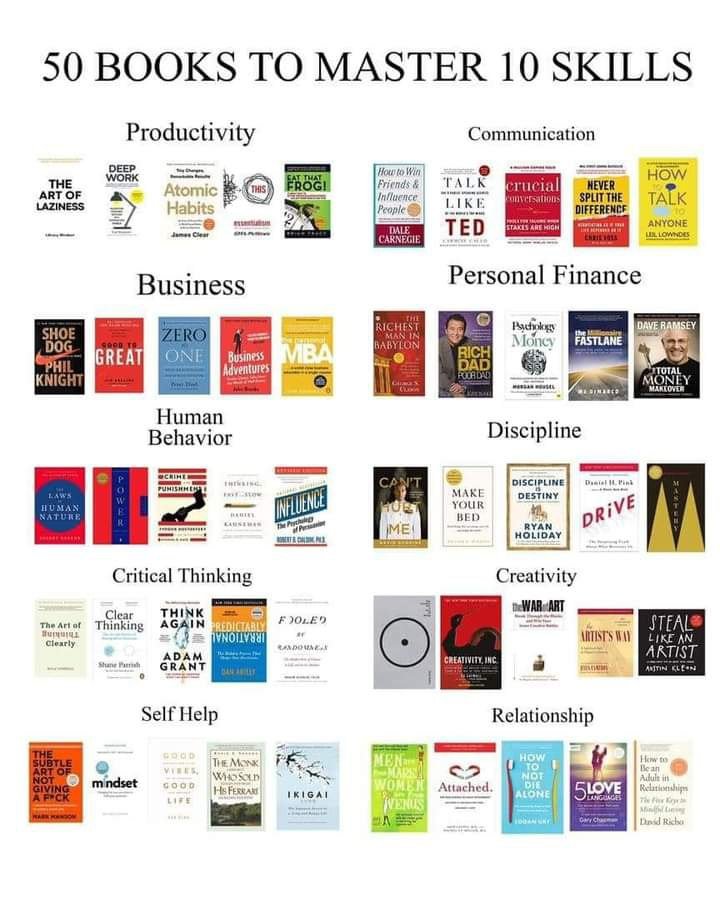


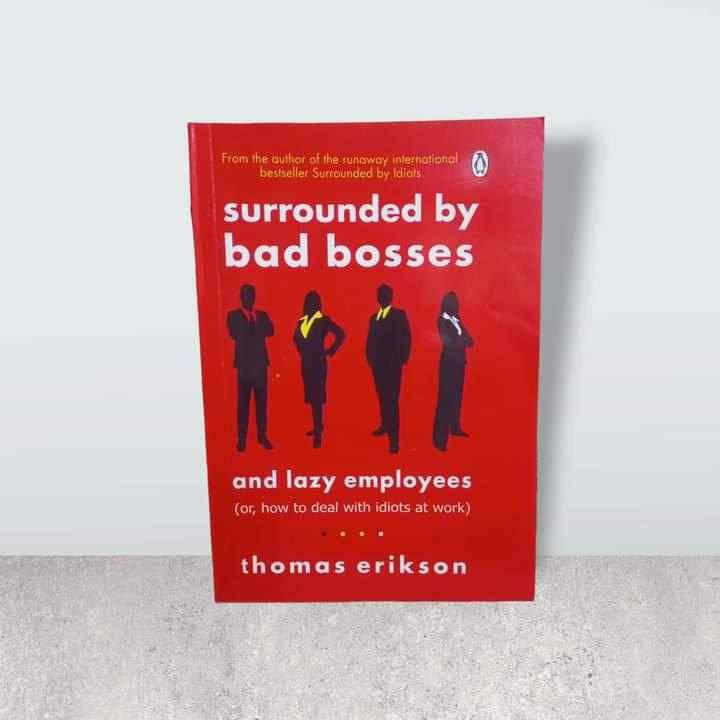



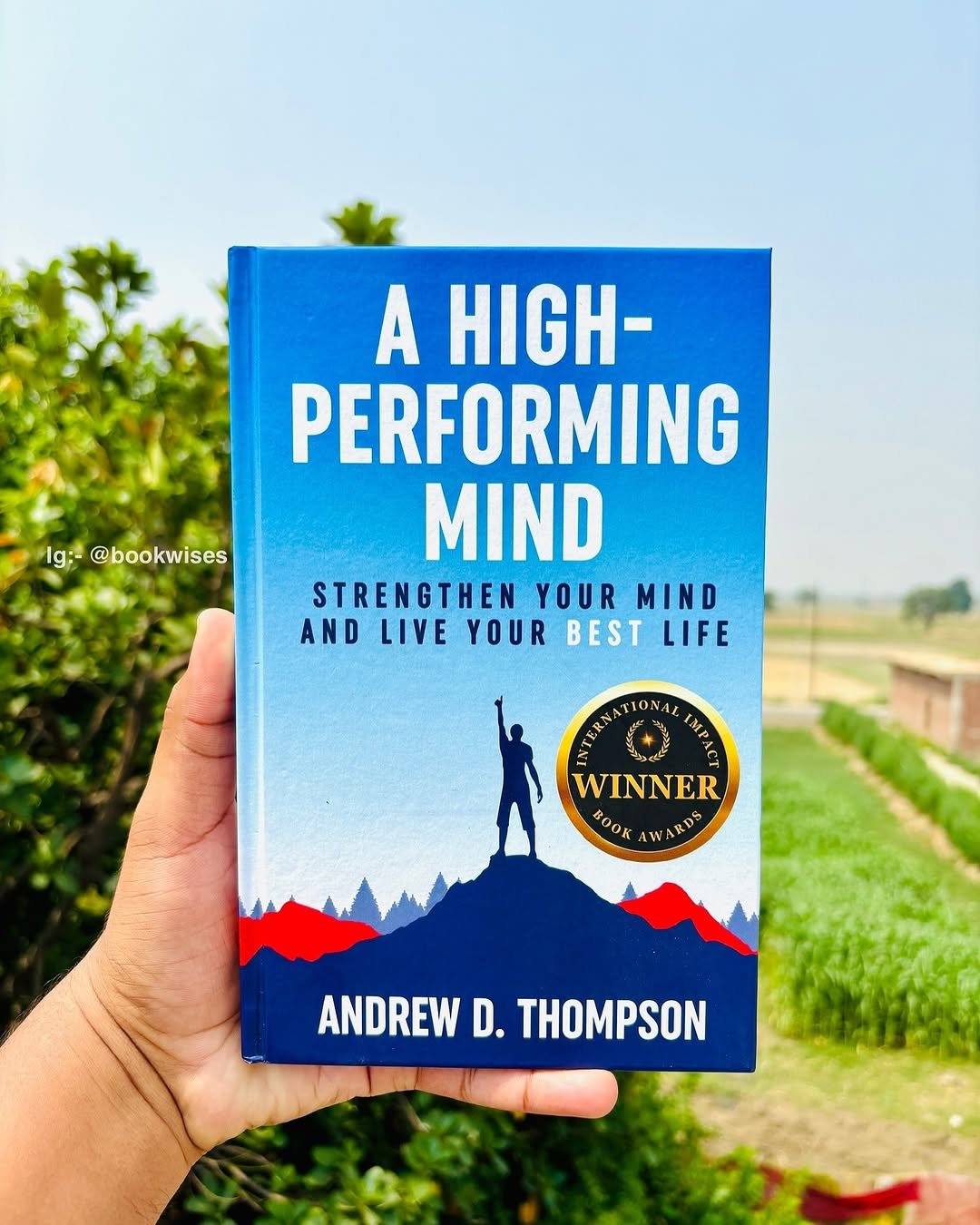











.jpg)

.jpg)


.png)


.jpeg)










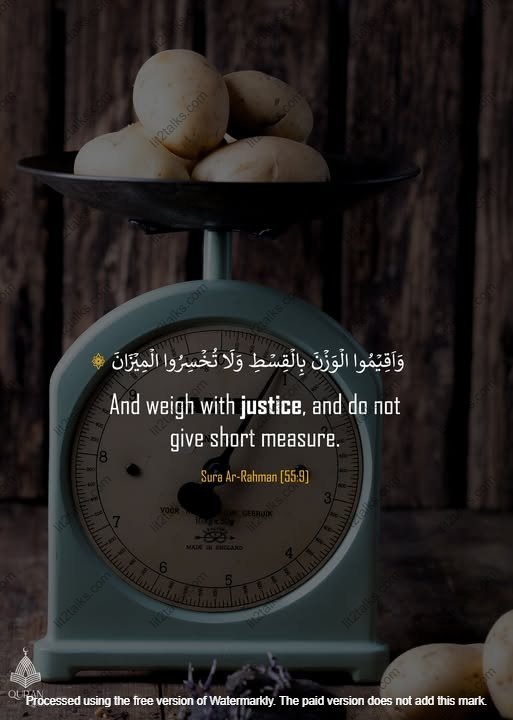


.jpeg)








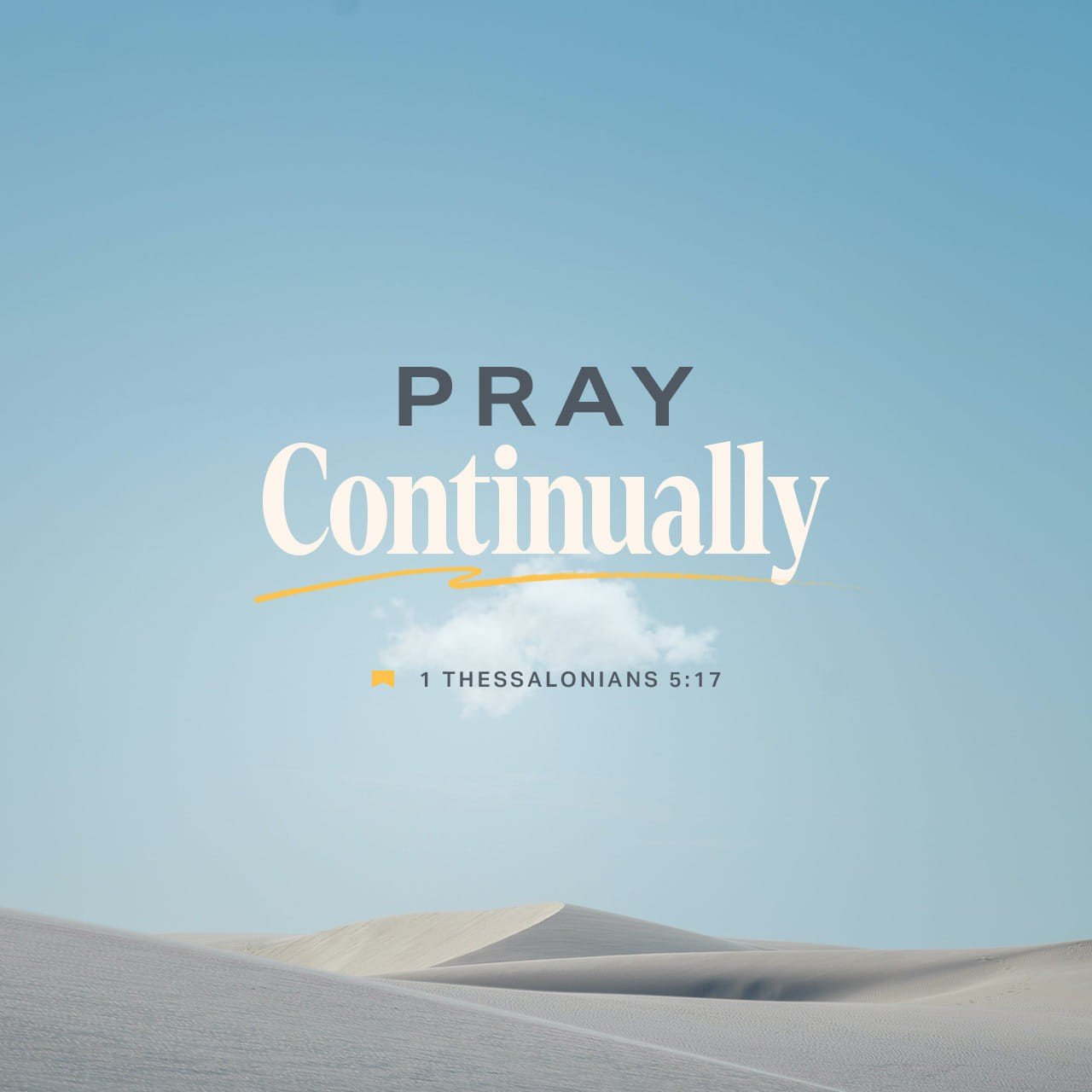




.jpeg)






.jpg)



.jpeg)

.jpg)




.jpg)







.jpg)








.jpg)

.jpg)
.jpeg)

